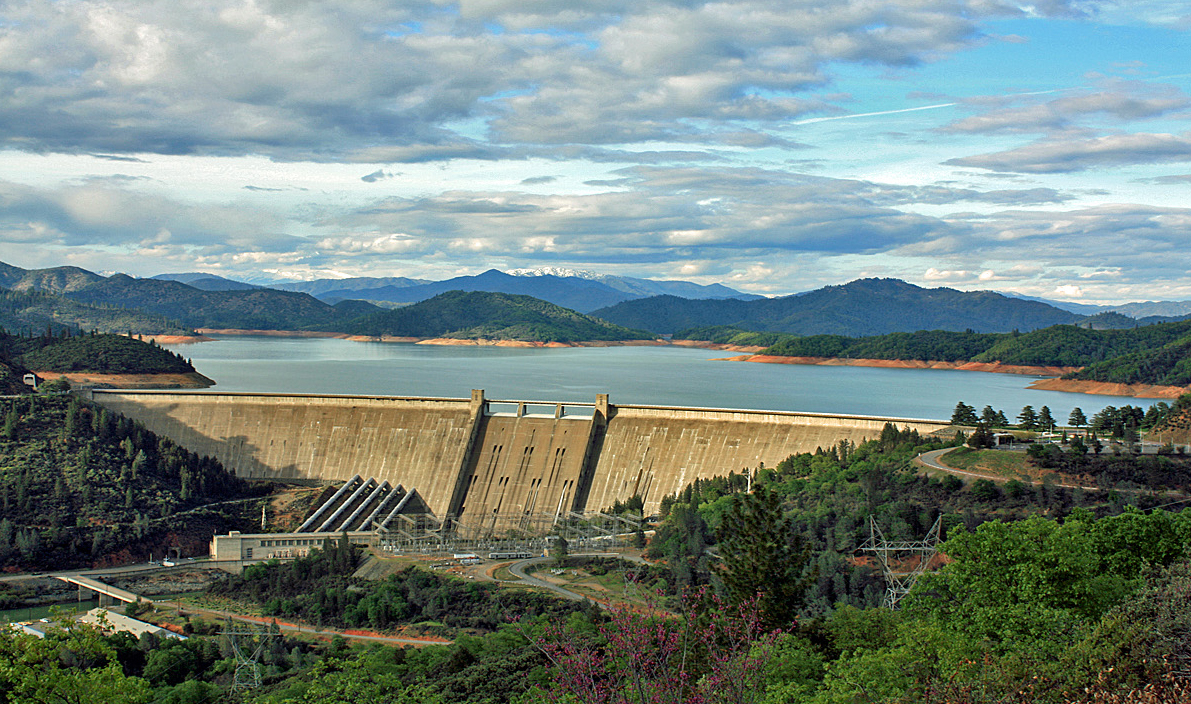While California’s water year is nowhere close to the records of 2023, a new culprit is threatening to muck up water supplies for the San Joaquin Valley: fish entrainment in the pumps of the Central Valley Project.
Now, pumping restriction on flows from the Old and Middle River (OMR) is forcing a reckoning between Federal water managers and San Joaquin Valley water users.
Driving the news: More than 2,500 Central Valley -based steelhead trout have been entrained at State and Federal water diversion facilities, prompting action from the National Marine Fisheries Service to curtail pumping.
- The OOMR index changed to -500 cfs, which reduced Jones Pumping Plant exports from about 8,400 acre-feet per day to about 3,600 acre-feet per day for a five-day period in concert with the direction from the Federal wildlife agency, with consideration for a complete shut down of water pumping to the San Joaquin Valley save for health and safety water supplies.
- Currently, the Central Valley Project’s south-of-Delta users are allocated to receive 15 percent of their contracted amount.
Pushback begins: Friday, Westlands Water District chief Allison Febbo penned a letter to the Federal water managers calling for the agencies tasked with controlling pumping water south to stave off additional, drastic pumping cuts.
- In her letter, Febbo asserted that the current iteration of pumping restrictions has already cost the Valley roughly 45,000 acre-feet of water, while doing little to protect the steelhead population.
- “NMFS’ action to reduce pumping does not have a clear hypothesis for how its goals would be achieved by export reductions, or evaluated for success,” Febbo wrote. “The scientific understanding of the effects of water diversion on steelhead populations is truly complex and filled with uncertainties; however, much of the information that Westlands has been reviewing over the past several weeks would suggest that there would not be any expected change in entrainment of steelhead between pumping rates between health and safety levels and -3,000 cfs.”
What’s next: Febbo noted that, after the conclusion of the five-day pumping curtailment, it is expected that steelhead entrainment in the pumps will exceed the maximum threshold prescribed for the coordinated operations of the Central Valley Project and State Water Project, potentially prompting a wholesale cutback to health and safety water supplies only.
- Despite the potential for that threshold being triggered, Febbo argued that the current cutback should be reassessed.
- “The data supports a shift to at least a -2,500 cfs OMR requirement without compromising the steelhead population’s viability. Such a change would both improve water supply conditions to support agriculture and our communities and would provide NMFS with the ability to confirm the relationship between OMR and entrainment by the Projects.”










